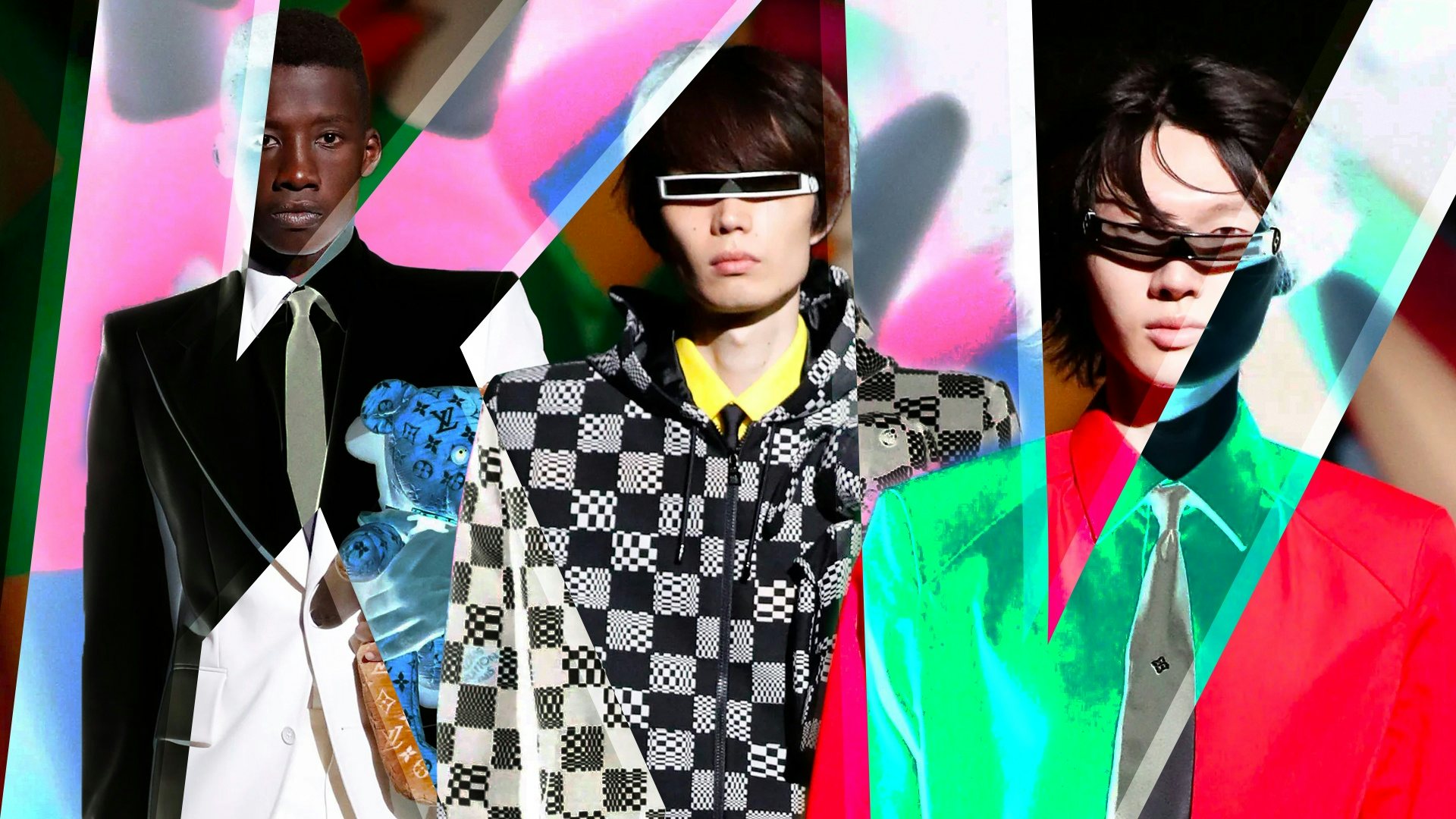The Luxe Decade is a weekly column exploring the major forces and trends set to reshape luxury over the next ten years, with a focus on the expansion and power of Chinese consumption.
Key Takeaways:#
- In China, the pre-COVID-19 trajectory of growth has started once again, and the sales of luxury goods is projected to double between now and 2025.
- Like many things in the US these days, interpretation differs according to partisan lines, but whatever your view, the reality is that luxury is rebounding swiftly.
- For Europe, a L-shaped recovery will likely become a U-shaped recovery once a vaccine will be approved and tourists flock back.
Economists love to use letters to describe the shape of an economic slump or that of a recovery. Fortunately for luxury brands, it seems that we are seeing some reassuring recovery but not all markets are created equal. Europe is logically the toughest hit and while the US is picking up steam, there are reasons to believe the rebound will be less impressive and likely less long-lasting than the one in China.
Gimme a U for Europe#
Europe has been the hardest hit, along with its travel retail sector as long haul travel has come to a halt. This will be particularly painful in the short term, as the summer is normally peak tourism season in large luxury markets such as Italy, France and, to a lesser extent, Spain. While northern European markets are less tourism-driven for luxury sales, they are picking up faster, but they are also less relevant for the sector.
Depending on the luxury brand, in any given year, between 50 percent and 70 percent of sales in Europe will be driven by tourists and half of those are Chinese. Spending some time in Paris this summer, it was clear that the usual American, Korean, Japanese, Chinese consumers were missing. Thus, there is little recovery in Europe at present and even if the locals spend more on luxury — which they are — sales currently look like an L-shape.
So, depending on when or if a vaccine will be approved, or if we will simply have to learn how to live with COVID-19 via massive and rapid testing, the “L” will likely become a “U” as European capitals welcome tourists back.
Gimme a V for “victory” in China#
Already in April, Shanghai-based friends were telling me that COVID-19 was something in the past. Living in New York City, that’s something I am unlikely to hear anytime soon. The swift rebound in luxury sales in China is really explained by two phenomena: First, mechanically, as Chinese cannot travel, luxury spending has been repatriated. Chinese luxury consumers used to spend more than 50 percent shopping outside of mainland China; however, now being stuck at home could translate into triple digit growth for the luxury sector. Second, and more importantly, the appetite for luxury, as well as the confidence of high-end consumers, has indeed seemed to be relatively unaffected by China’s temporary COVID-19 episode. The pre-COVID-19 trajectory of growth has started once again there and the fundamental capacity of recruiting new consumers that luxury brands will need mean that sales of luxury goods in China is projected to double between now and 2025.
Is it a K or a V in the US?#
Like many things in the US these days, interpretation differs according to partisan lines. A K-shaped recovery means that consumers not that well-off pre-COVID-19 are even doing worse now, but that wealthier ones are fine.
Meanwhile, a V-shaped recovery would imply that all Americans are doing better now. Whatever your interpretation, the reality is that luxury is rebounding swiftly. True, like China, there is some repatriation, with most Americans staying in the US this summer. Separately, “staycationing” has meant less spending on fancy hotels and first class airfares. Also, if you own a property in the suburbs or in the Hamptons, the value of that has gone up. Historically, however, American luxury consumption has correlated positively with equity markets and those have continued to do well.
So yes, for the wealthy in the US things continue to improve, but the reasons for the improvement sound way less structural than in China. Furthermore, the US market for luxury benefits from a combination of recruitment of new consumers and repeat purchasers, the latter being at the risk of dropping off if the economy slows. In China, the vast majority of consumers of luxury are first time purchasers and that demand will be less fragile. Late 2018, when headlines focused on tensions between the US and China around tariffs and trade, many investors thought China luxury consumption would come under pressure, but that didn’t happen. Now, some may think China’s recovery is at risk. While that might be the case in the US, I am convinced that it won’t be in China. Some also fear that Chinese luxury consumers will lose interest, but there are little signs of this happening anytime soon, if at all. The subtitle of my first book published six years ago still holds true today: the reign of Chinese luxury shoppers has only just begun….
Erwan Rambourg has been a top-ranked analyst covering the luxury and sporting goods sectors. After eight years as a Marketing Manager in the luxury industry, notably for LVMH and Richemont, he is now a Managing Director and Global Head of Consumer & Retail equity research. He is also the author of Future Luxe: What’s Ahead for the Business of Luxury (2020) and The Bling Dynasty: Why the Reign of Chinese Luxury Shoppers Has Only Just Begun (2014).
